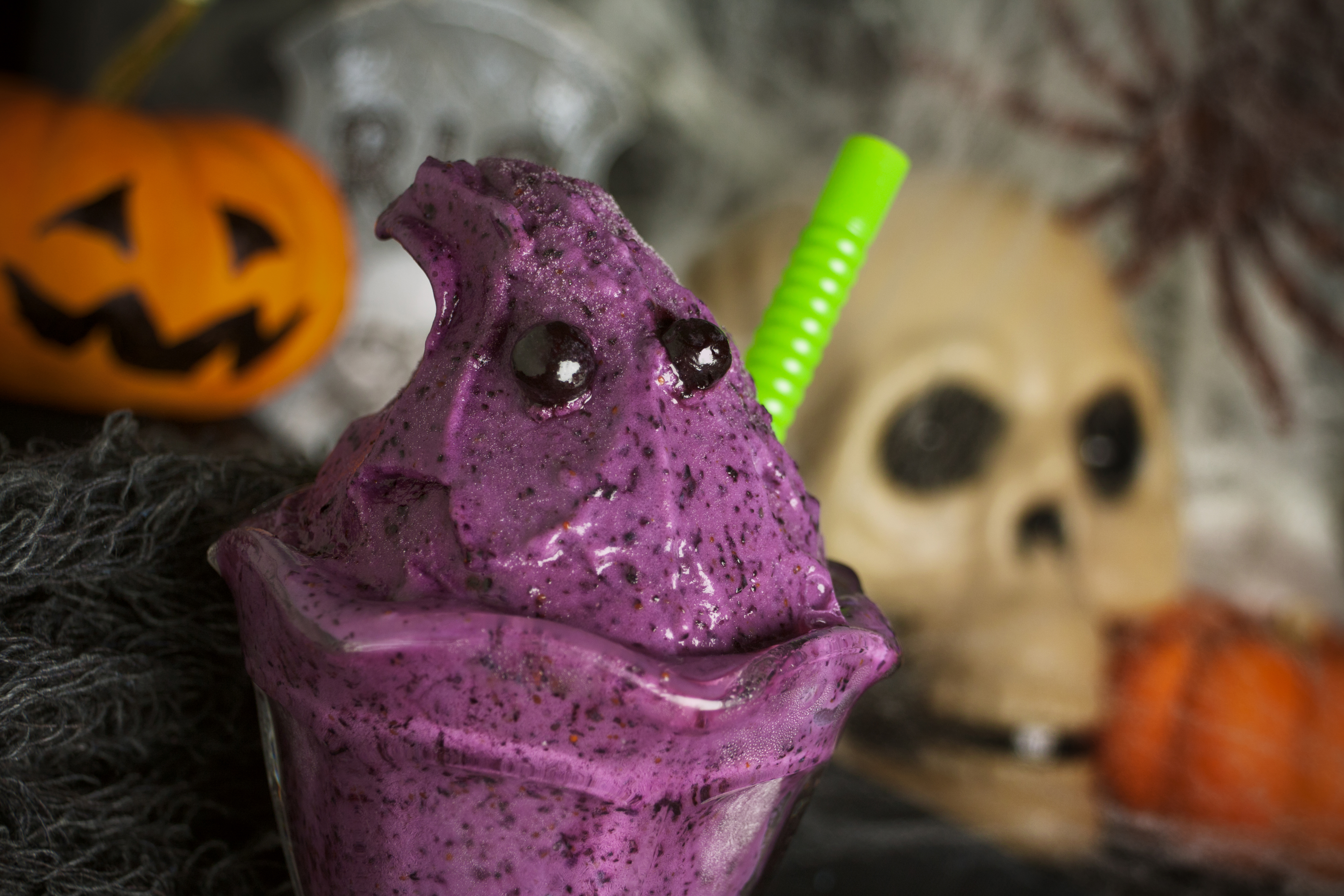If you have school-age children, then you recognize Halloween as the unofficial start of the holiday party season otherwise known as “treat time.” You know that just when Halloween candy is beginning to wane, the Thanksgiving desserts will take center stage, only to be soon overshadowed by December delights. Before we know it, Valentine’s candy makes its way home. It doesn’t help that traditional treats, like Cadbury Crème Eggs, which you thought were a “spring thing” can now be found front and center among the Halloween treats…Cadbury “Scream” of course.
So how do we help kids manage moments like these and not overdo it? While I am always the first to provide timely tips to help kids learn the skills they need to conquer any tough food moment, I’m also quick to be perfectly practical about the fact that when its “party time” school kids are not focusing on anything but their party and the holiday connected to it. At times like this, our kids need us to buffer their experience like bumpers on a bowling alley, gently keeping them on course.

Make things smaller.
While we deeply appreciate the parent that knows how to turn a brownie into a perfectly spooky spider, we don’t need children to receive a dessert the size of their hand. We need baby spooky spiders. Make desserts smaller, limit how many children can take, and you have ensured they are eating less sugar.
Take the emphasis off the table and onto the game.
No doubt, a creatively crafted holiday treat table attracts children (and lets be honest, adults too). But it’s our job to then pull them into an equally engaging game or activity. If all aspects of a holiday party are given equal excitement by parents, children will be enthralled with more than just the treat table too.
Balance the table.
Speaking of the treat table, it has to have a balance of those “Pinterest perfect” treats along with wholesome options like fruit, veggies, whole grain snacks, cheese, yogurt and the like. A balanced table will mean a balanced plate and that is the visual image we are always seeking kids to see when they look at their plate (regardless of where they are).
Separate the food when it comes home.
A holiday party is one thing to manage, a pillowcase full of candy is quite another. After doing whatever you can to separate, freeze and possibly donate candy, manage the rest in such a way that kids learn to slowly enjoy it over time. To achieve this, I recommend keeping it in a common space, but not one that is so easily accessible (think pantry corner, yes: glass bowl centered on the table, no).
Ensure that sometimes is just that… sometimes.
You won’t find me labeling foods as “good” or “bad,” but I do commonly call foods “everyday” or “sometimes” to separate those foods that I recommend eating all the time versus those foods that we should only enjoy from time to time. It is our job to ensure that during “high treat times” we are not giving our kids the impression that sometimes foods are temporarily “every day.” If we aren’t mindful of this we will teach them that there are times when it’s okay to overeat treats.
The goal? If we raise kids in an environment where these five principles are applied they will grow up wanting this environment for themselves. They won’t align party time with a time to gorge, won’t be emotionally tied to a holiday treat, and will live at peace with “sometimes” foods. They may not realize it, but we are teaching them a lifelong skill that will grow to be a natural part of them.